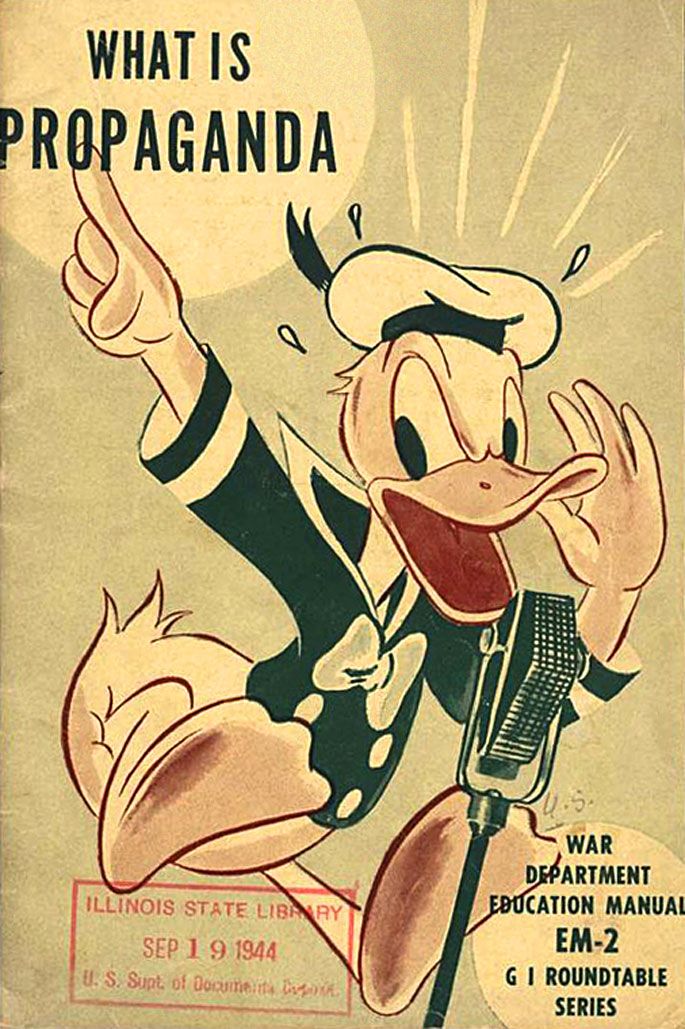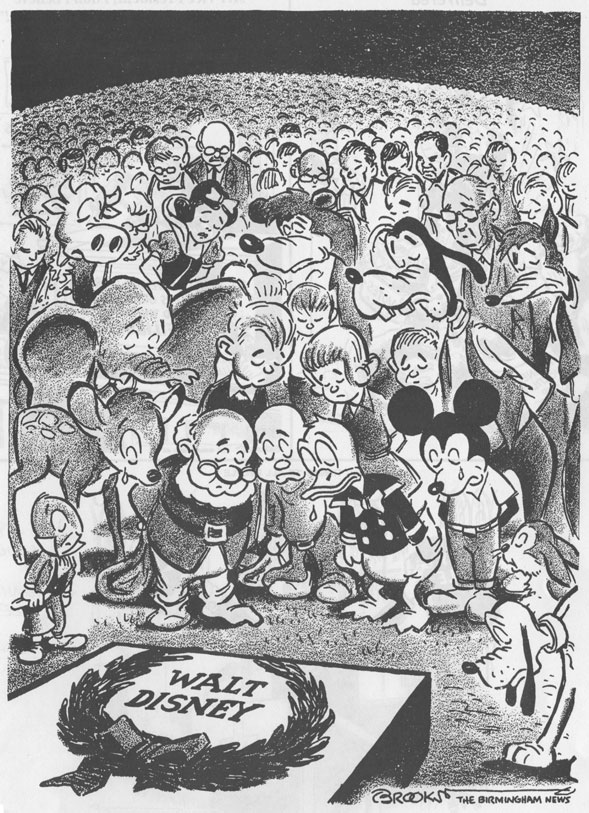Early life: 1901–1920
Walt Disney was born on December 5, 1901, at 1249 Tripp Avenue, in Chicago's Hermosa neighborhood. He was the fourth son of Elias Disney—born in the Province of Canada, to Irish parents—and Flora, an American of German and English descent. In 1906, when Disney was four, he developed an interest in drawing when he was paid to draw the horse of a retired neighborhood doctor. Disney practiced drawing by copying the front-page cartoons of Ryan Walker. In 1911, the Disneys moved to Kansas City, Missouri. There, Disney attended the Benton Grammar School, where he met fellow-student Walter Pfeiffer, who came from a family of theatre fans and introduced Disney to the world of vaudeville and motion pictures. The schedule was exhausting, and Disney often received poor grades after falling asleep in class, but he continued his paper route for more than six years. In 1917, Elias bought stock in a Chicago jelly producer, the O-Zell Company, and moved back to the city with his family. Disney enrolled at McKinley High School and became the cartoonist of the school newspaper, drawing patriotic pictures about World War I; he also took night courses at the Chicago Academy of Fine Arts. In mid-1918, Disney attempted to join the United States Army to fight against the Germans, but he was rejected for being too young. After forging the date of birth on his birth certificate, he joined the Red Cross in September 1918 as an ambulance driver. He was shipped to France but arrived in November, after the armistice. He drew cartoons on the side of his ambulance for decoration and had some of his work published in the army newspaper Stars and Stripes. Disney returned to Kansas City in October 1919, where he worked as an apprentice artist at the Pesmen-Rubin Commercial Art Studio. There, he drew commercial illustrations for advertising, theater programs and catalogs.







